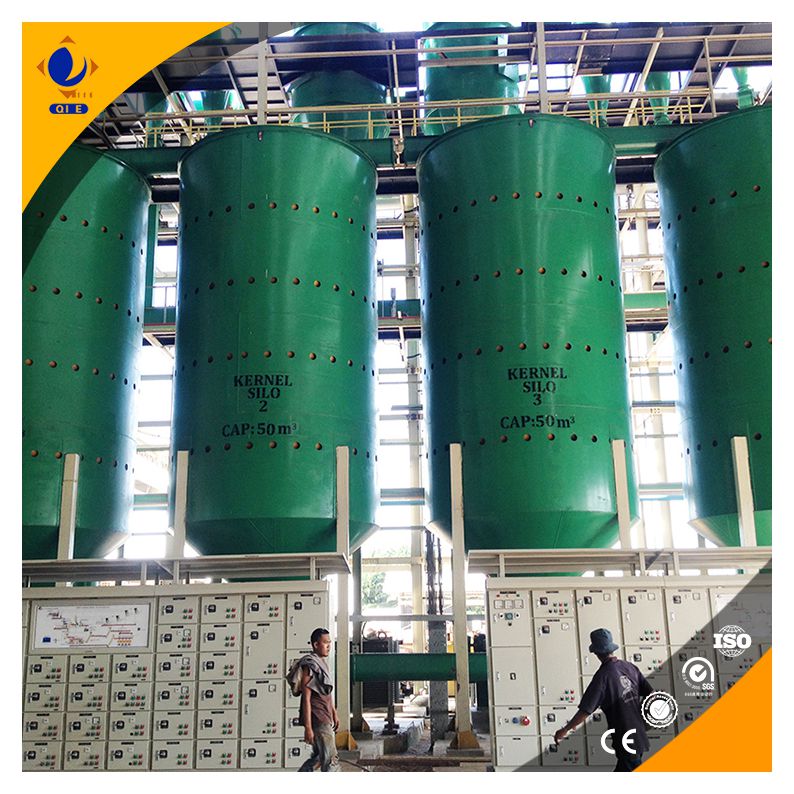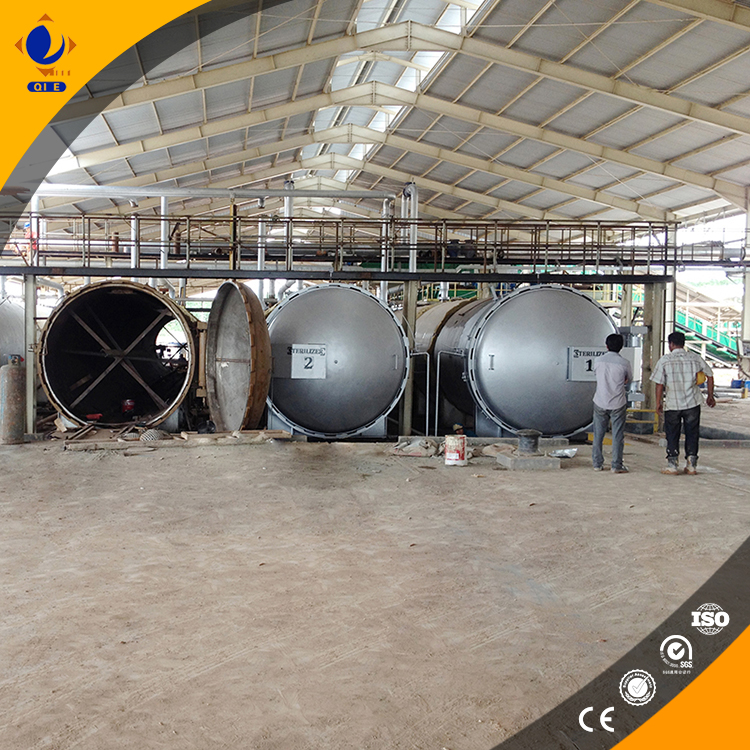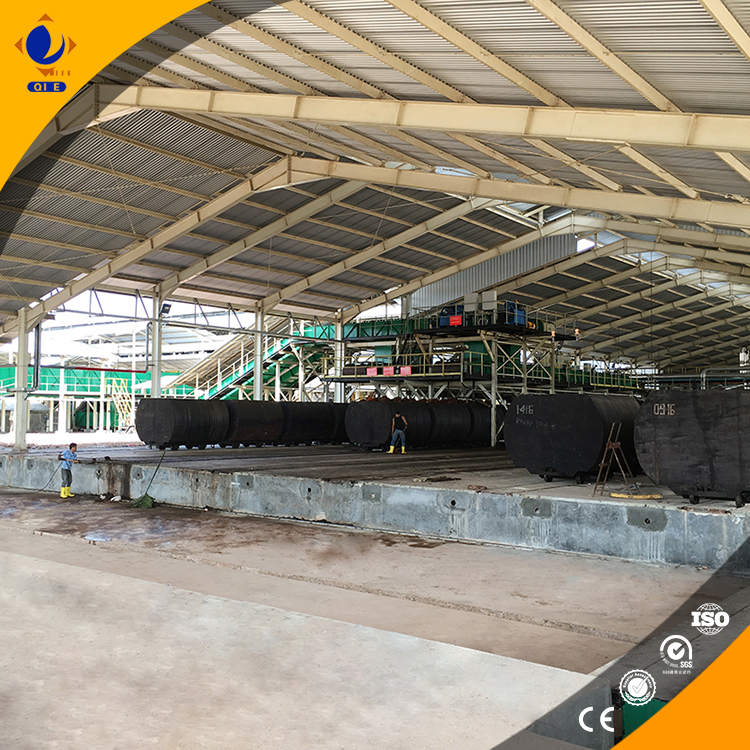
In the realm of small and medium-sized oil mills and agricultural cooperatives, optimizing the performance of soybean oil presses is crucial for enhancing oil output efficiency and improving oil quality. This article delves into the working principles and operation processes of soybean oil presses, focusing on how to assess pressing effects and solve common technical problems.
The process of a soybean oil press involves several key steps, each with its own critical control points.
Before pressing, soybeans need proper pretreatment. This includes cleaning to remove impurities, and adjusting the moisture content. Generally, the optimal moisture content of soybeans for pressing is around 10% - 12%. If the moisture is too high, it may lead to lower oil yield and affect the quality of the oil; if it's too low, the beans may be too dry to release oil effectively.

Uniform feeding is essential. A stable feeding rate ensures continuous and efficient operation of the press. Over - feeding can cause blockages in the press chamber, while under - feeding may reduce the overall production efficiency.
During mechanical pressing, temperature and pressure are two key factors. The pressing temperature is usually maintained at about 110 - 120°C. The pressure should be gradually increased to ensure maximum oil extraction. For example, in a screw - type oil press, the pressure can reach up to 30 - 40 MPa.

After pressing, the crude oil needs to be filtered to remove impurities such as oil residues. Filtration can improve the clarity and quality of the oil. Different filtration methods, such as filter cloth filtration or centrifugal filtration, can be selected according to the actual situation.
The remaining bean cakes after pressing can be used as high - quality feed or fertilizer. The oil content in the bean cakes should be controlled below 5% to ensure efficient utilization of resources.
Here are some common problems in the pressing process and corresponding solutions:
| Problem | Symptom | Solution |
|---|---|---|
| Abnormal oil residue oil content | High oil content in oil residues | Adjust the moisture content of soybeans, increase the pressing pressure, or check the wear of the press parts. |
| Low oil yield | Less oil output than expected | Review the pretreatment process, ensure proper feeding, and optimize the pressing parameters. |
A small - scale oil mill in [Location] was facing low oil yield and high oil content in bean cakes. After analyzing the process, they found that the moisture content of soybeans was too high and the pressing pressure was insufficient. By adjusting the moisture content to 11% and increasing the pressing pressure to 35 MPa, they successfully increased the oil yield by 8% and reduced the oil content in bean cakes to 4%.

If you want to understand more technical details about soybean oil presses and further optimize your production process, click here to explore more valuable information.

